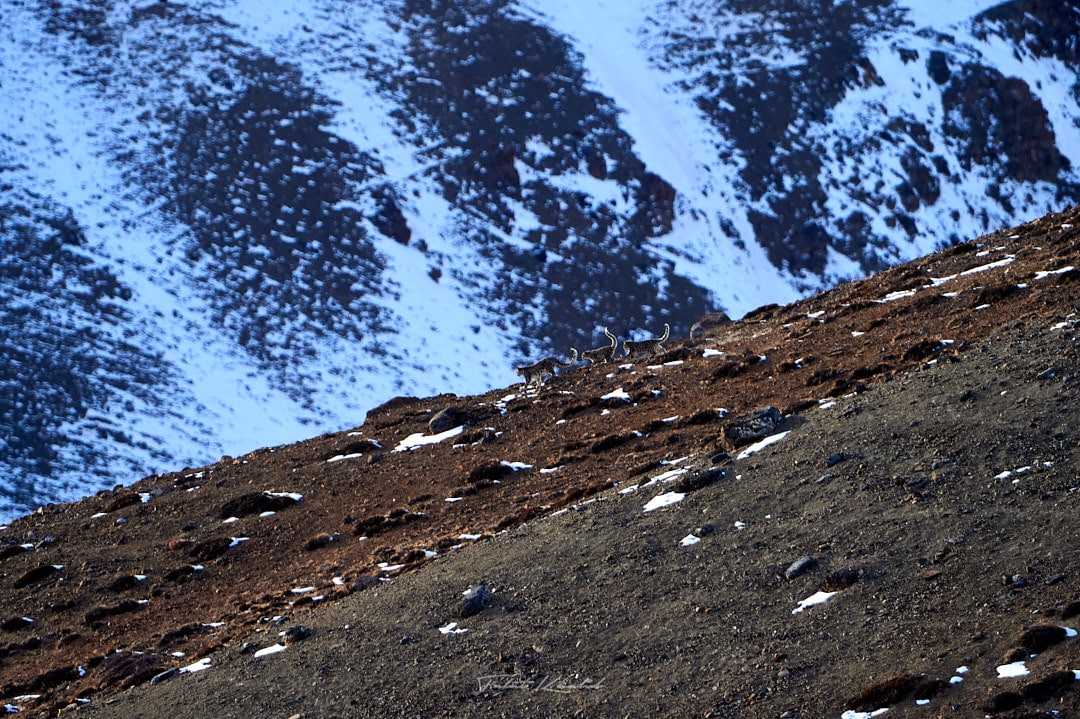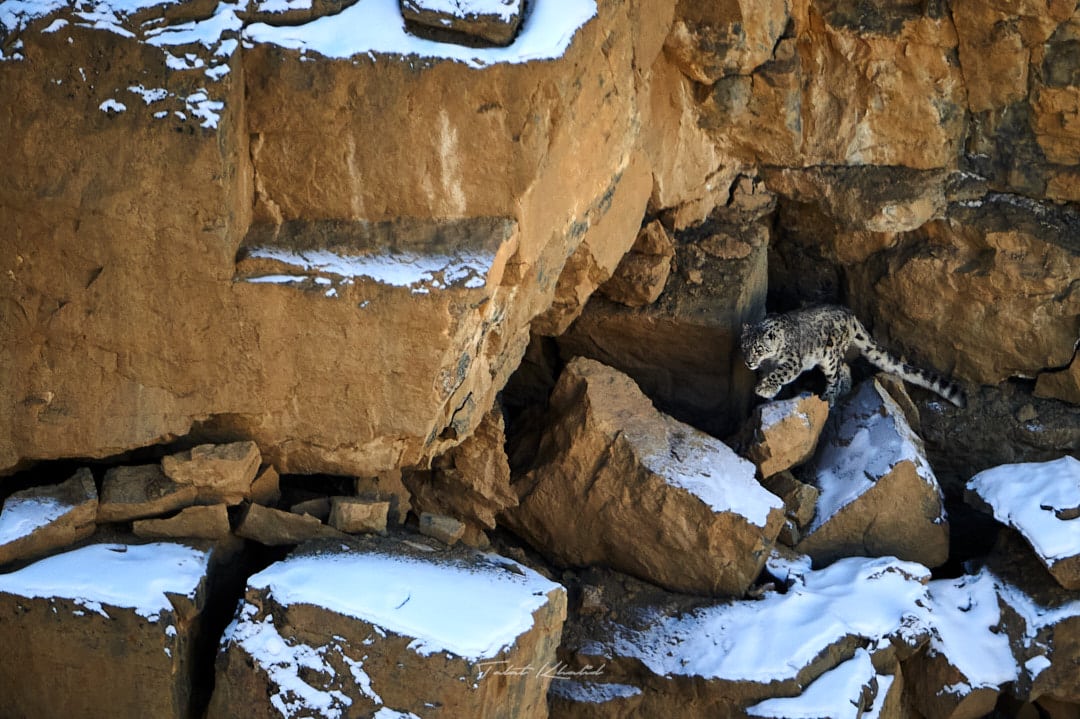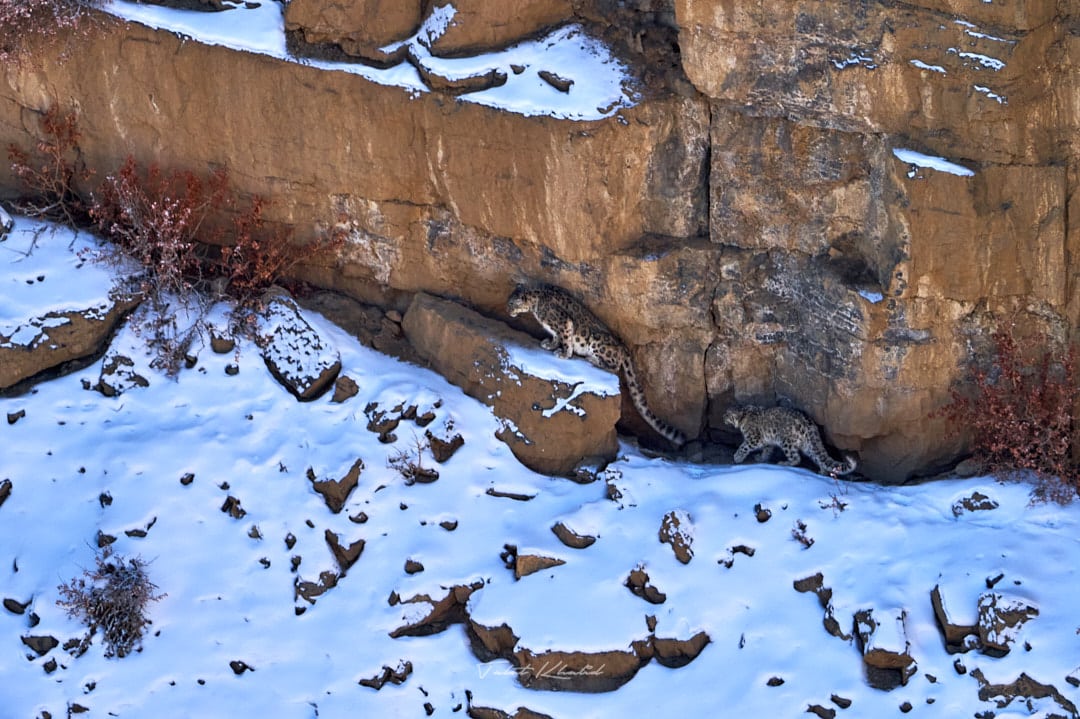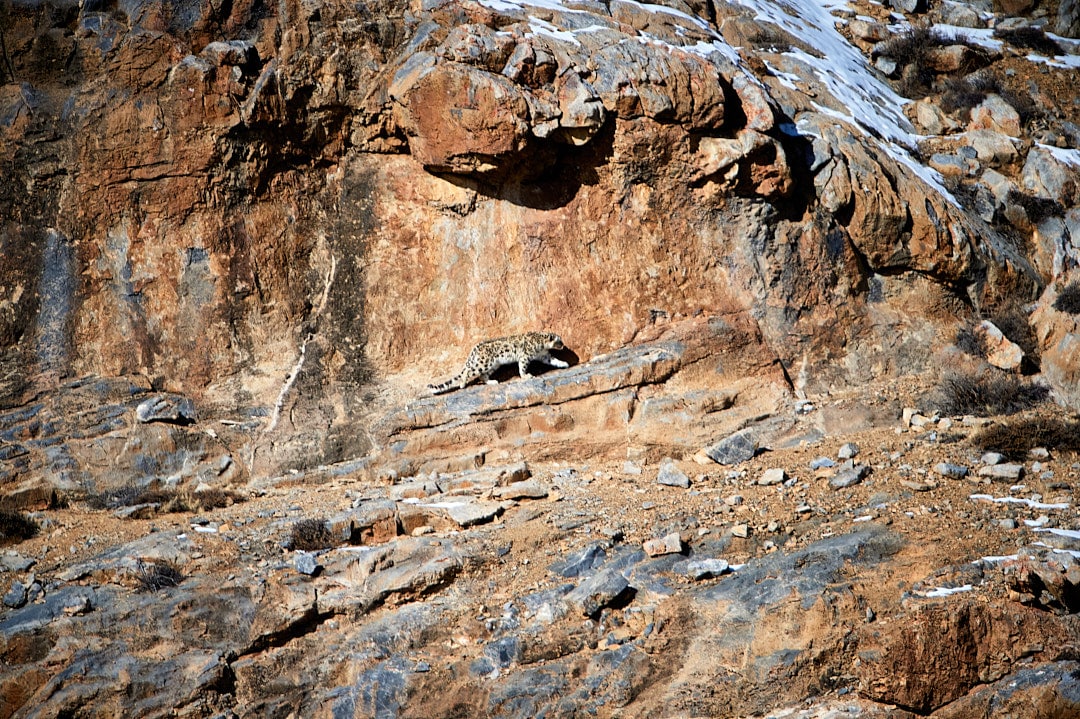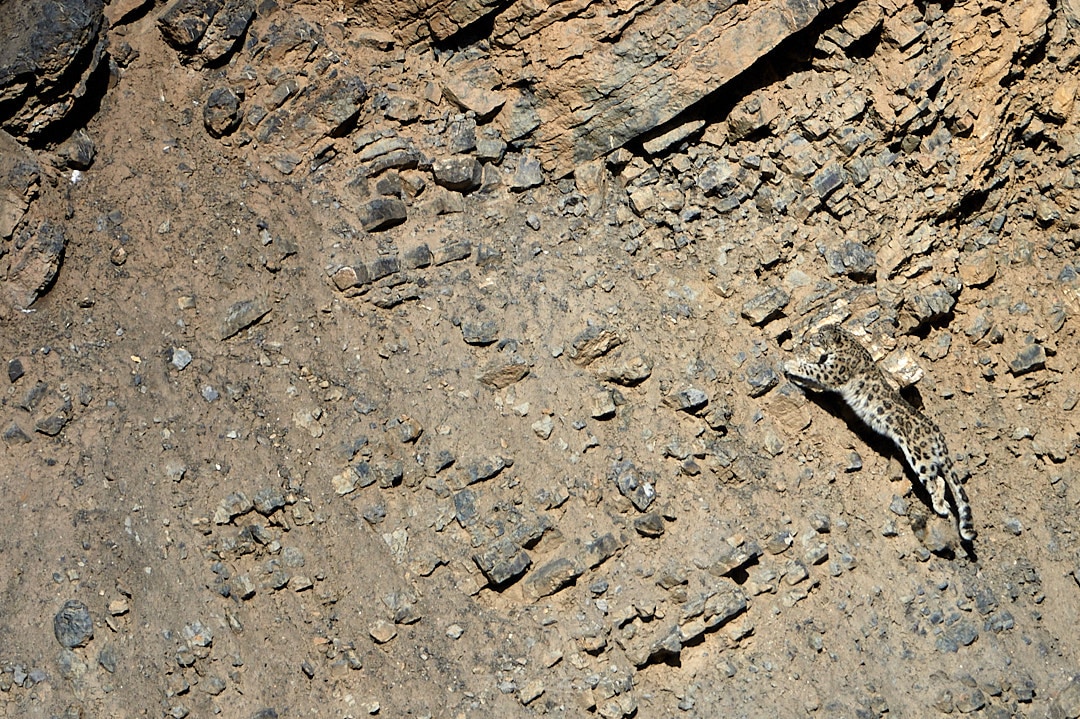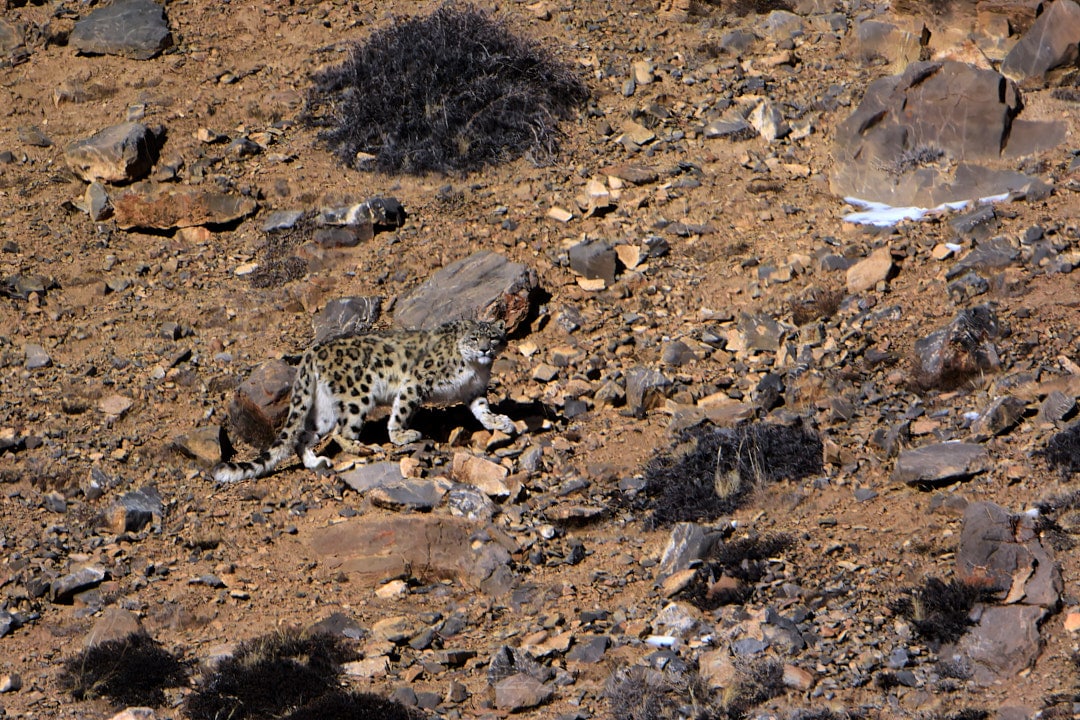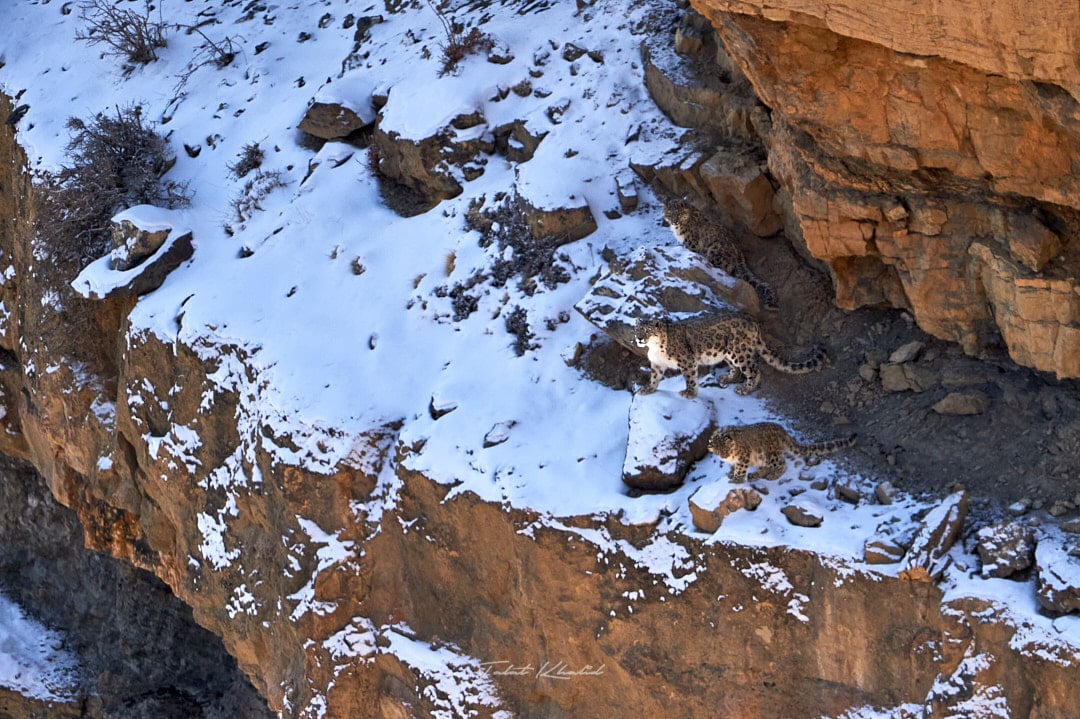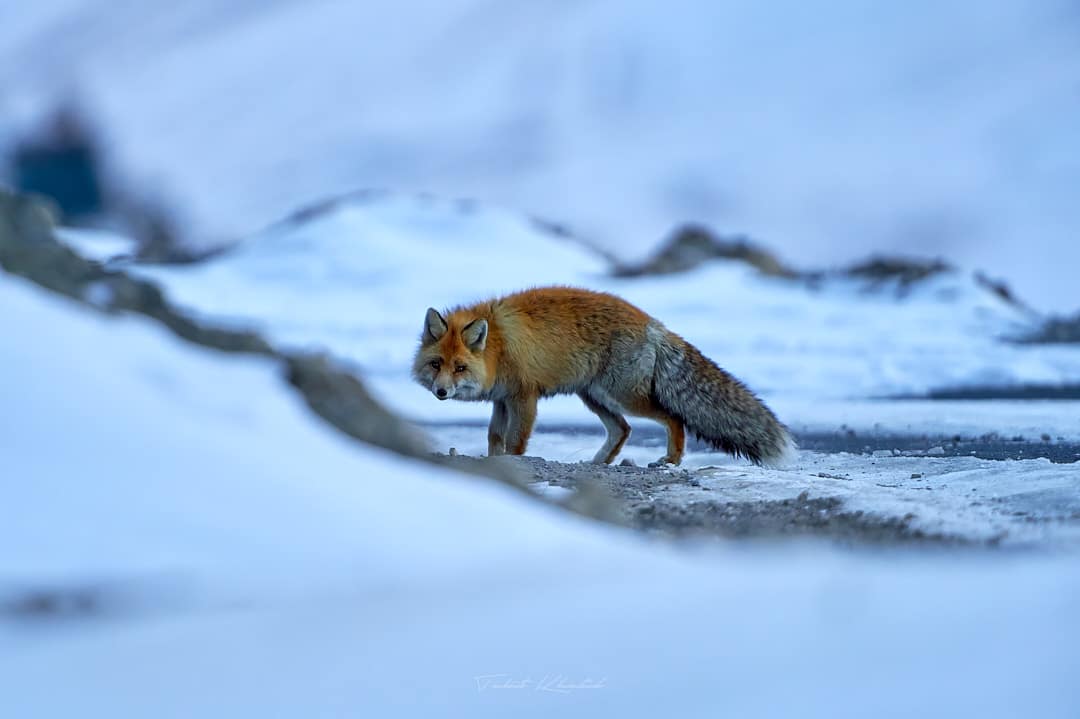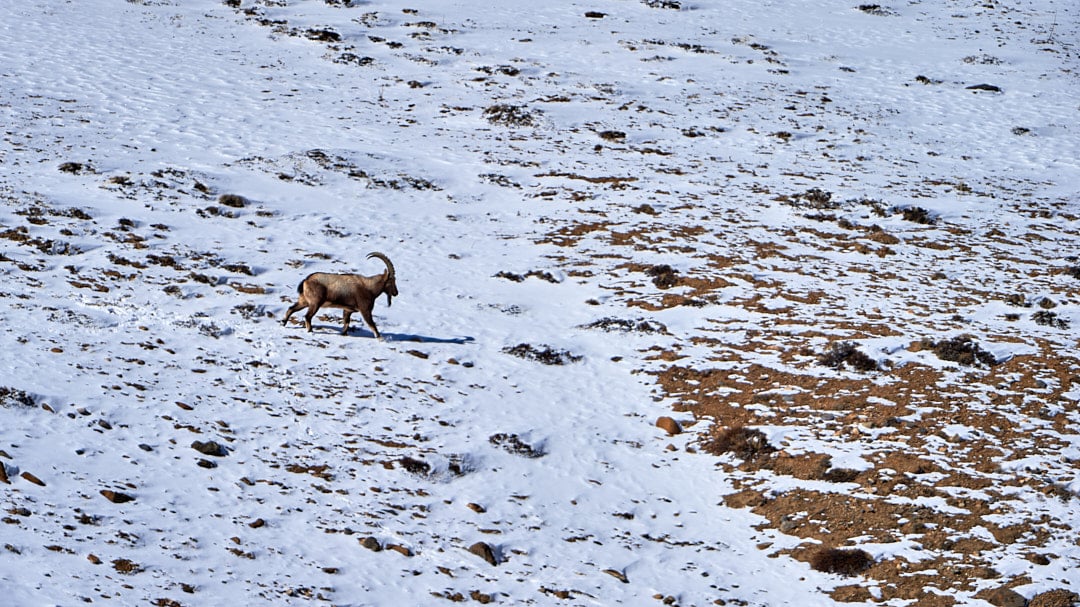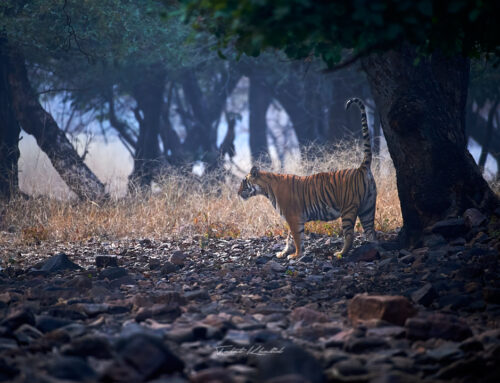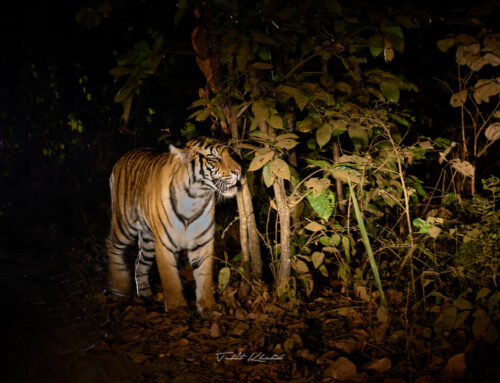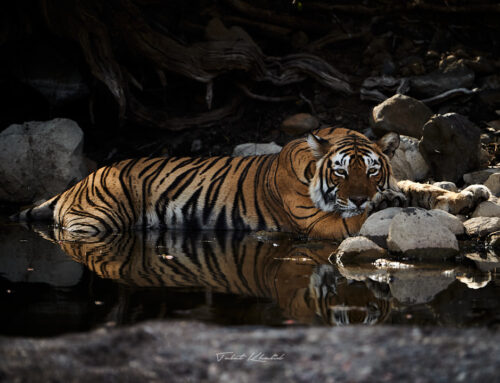Snow Leopard Photography – Ultimate Guide
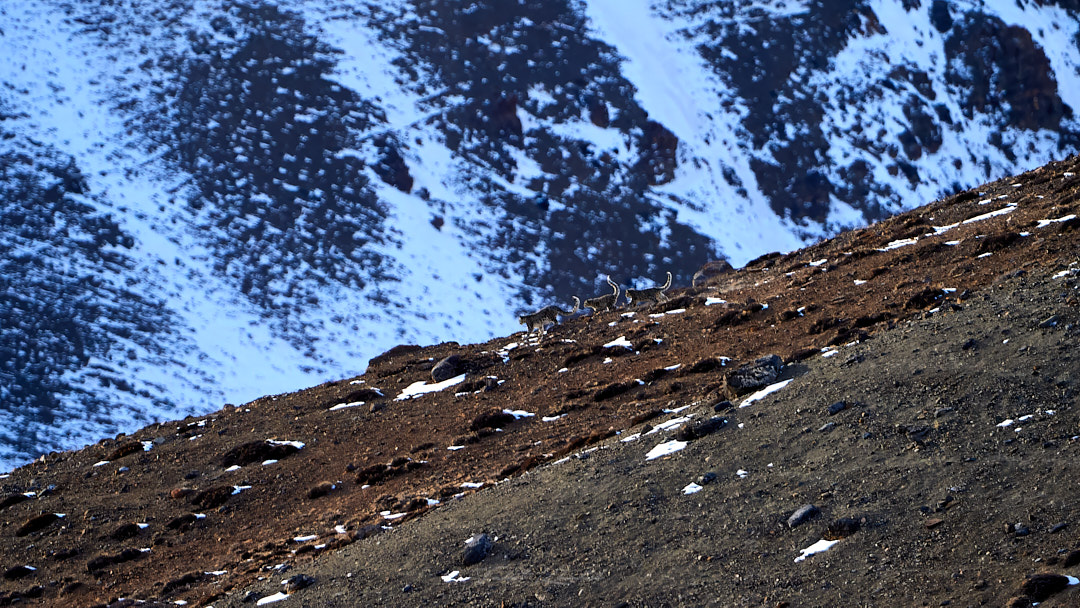
Table of contents
Introduction
Snow Leopard Photography – Ultimate Guide, is an attempt to provide all the necessary information needed for a first-timer to organize a snow leopard photography trip and eventually have a smooth and enjoyable journey of their own.
About the mysterious cat
Snow Leopard (Shen locally) is one of the most elusive and endangered cats in the world. These majestic creatures are found in the high-altitude mountains, including the Spiti Valley in India.
Spiti is a remote and rugged region and the snow leopards that live there are perfectly adapted to the harsh conditions. They have thick fur that helps to keep them warm in the cold, and their large paws help them to walk on snow and ice.
Snow leopards are solitary animals, and they spend most of their time resting or hunting their prey. Their main prey is the ibex and bharal (blue sheep), but they will also eat marmots, pikas, and other small animals. Sometimes they can hunt even a lonely Yak.
Tracking a snow leopard in the wild is difficult, rare and unforgettable experience. These cats are so well-camouflaged that they can be difficult to see, even when they are relatively close by. I remember my guide showing me a sleeping snow leopard may be a kilometer away for first time and I couldnt figure out the cat for atleast a few minutes, even through my 600mm lens. However, when you are lucky enough to see one in the wild, its almost mystical feeling, to see one of the most beautiful and mysterious creatures on Earth.
No doubt it was called a grey ghost by early explorers. A few years ago, it was impossible to track this animal. With conservation efforts and improved infrastructure, it is possible to access the regions it lives in. Also the fact that the animals get used to the presence of humans in a few years. All this has helped to track and photograph these elusive animals.
Best place for Snow Leopard Photography
The Kibber Wildlife Sanctuary in Spiti Valley is one of the best places in India. It is home to a large population of snow leopards. Ladakh is the other region where you can find snow leopards in India.
Kibber has one big advantage of having local homestays close to the snowleopard territory. This itself makes the adventure so much easier. Having a place to rest and sleep at night in a warm room is a great luxury, unlike in most places where you sleep in the tent, in temperatures below -30 deg celcius.
If you are planning to go on a snow leopard photography trip then Kibber Sanctuary in Spiti Valley should be the first choice.
Sightings of Snow leopards like any other wild animals cannot be predicted.
You should also prepare for harsh weather in winter and very high altitudes.
Low oxygen at such altitudes can have unpredictable effects if precautions are not taken.
However, if you take the required measures, a snow leopard trip in Spiti can be an amazing and rewarding experience. You will have the chance to see these beautiful and elusive cats in their natural habitat and know more about their difficult habitat.
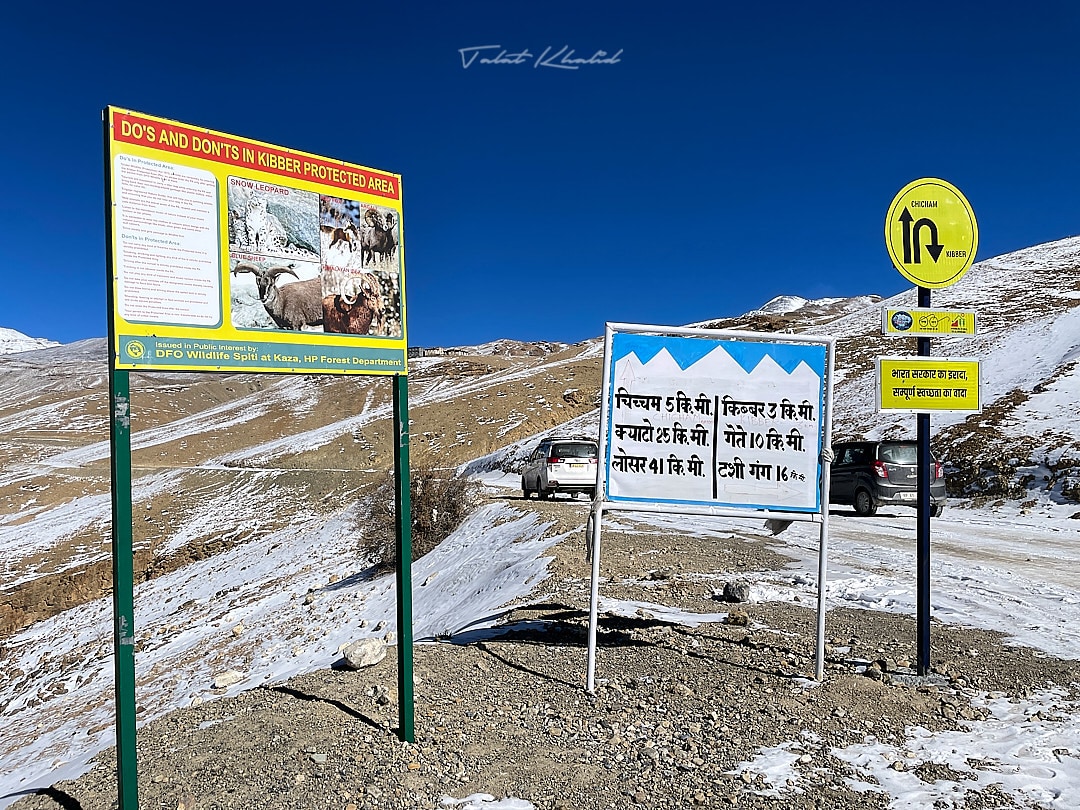
Best Season for Snow Leopard Photography
Winter is the best time to track the snow leopards. The prey and predator both come to lower altitudes, which makes it easier for us to track them.
The snow leopards at a lower altitude means we humans can venture into their world will less effort.
Dec to early March is the winter season. Although if there is normal snowfall, the entire winter is good, however from Mid-Jan to Feb is the best time.
My advice for tracking snow leopards in Spiti is that you go with a professional who hires local guides who know the area well. With such an animal patients is absolutely necessary. Regardless of where you find the snow leopard stay calm and do not make noise. Sound of humans can be disturbing to the wild animals.
Spotting a snow leopard in the wild is a truly special experience. Most of the sightings are quite far. If you are lucky enough to see them close cherish the moment and capture them in your cameras. It could be your best sighting.
The development of remote regions like kibber and ease of access these remote places can pose a danger to the habitat. I was surprised that I could make a video call from where I was seeing a snow leopard. It was both good and yet scary.
Snow leopard territory a few years ago was not accessible, but it is now to anyone with little effort.
Without careful sustainable development, this region with its wildlife can disappear in a few years.
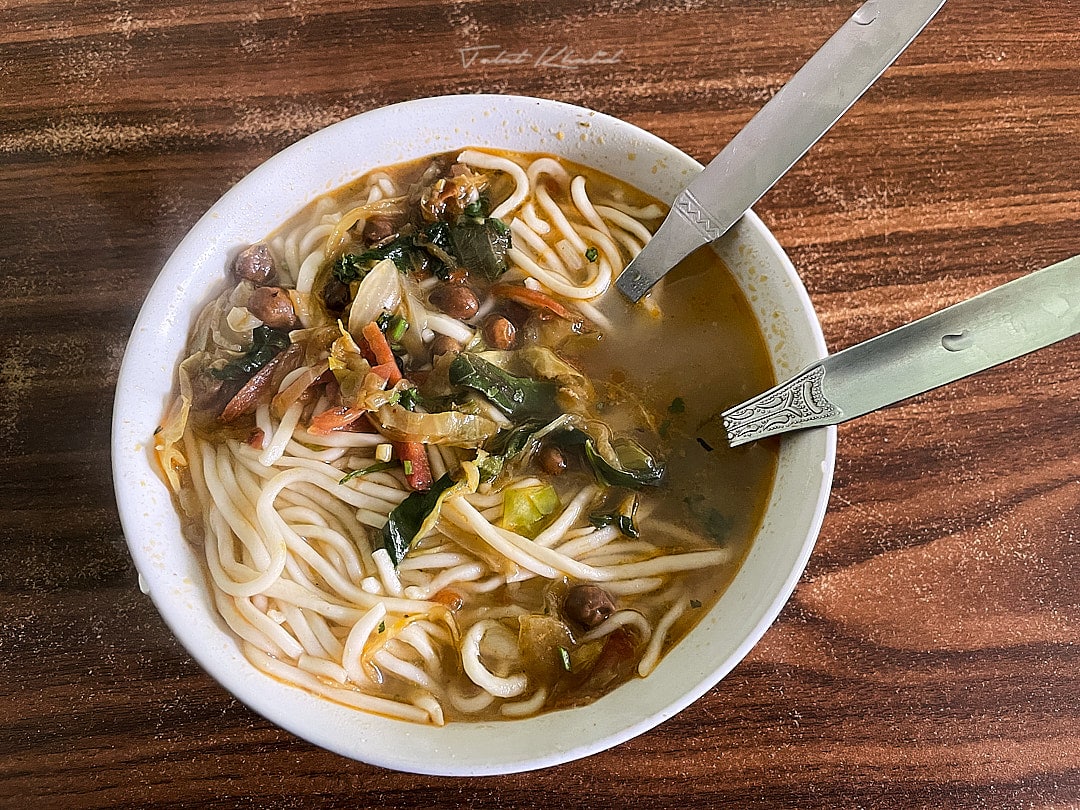
Weather conditions to consider
Weather is very harsh, especially in winter, which is also the best time for tracking snow leopards.
Extreme cold temperatures of -10 to -30 degrees Celsius are normal.
The temperature can drop to -15 deg Celsius during the day and -30 or below at night.
This makes it very important that you are well-prepared for the cold environment. The most difficult is when the wind blows, if not protected suitably, this can be very challenging.
Altitude sickness and health concerns
Kibber Sanctuary in Spiti Valley is a high-altitude region, at an altitude of 14,000 feet or 4260 meters. This means that the oxygen levels in the air are lower than at sea level. This can cause altitude sickness in some people if precautions not taken.
Altitude sickness mostly occurs when you ascend to high altitudes too quickly. The most common symptoms are headache, nausea, vomiting, dizziness, and fatigue. In more severe cases, altitude sickness can lead to shortness of breath, chest pain, etc.
Here are some guidelines for avoiding altitude sickness:
- Start your journey at a lower altitude and gradually ascend. (at least 3 halts before reaching Kibber)
- Spend a few days at each altitude before moving on to a higher one. This gives your body time to adjust to lower oxygen levels.
- Avoid severe activity until you have fully acclimatised.
- Drink plenty of fluids, especially water.
- Eat light meals.
- Get plenty of rest.
If you experience altitude sickness, you can do the following to relieve the symptoms:
- Go to a lower altitude: This is the best way to relieve altitude sickness.
- Resting: Get plenty of rest and avoid strenuous activity.
- Drinking fluids: Drink plenty of fluids, especially water.
- Taking medications: Diamox is some thing that is suggested and may help. Although, it is most of the time used as a precaution in advance atleast 48 hr before you start assending.
If you are experiencing severe altitude sickness, it is important to seek medical attention immediately.
Before taking any such Trip, consult a doctor for professional advice based on your health. Pack medicines to take as adviced.
Although people can get attitude sick even with precautions, but by following these tips, you can reduce the risk any sickness and enjoy your trip safely.
Mental and Physical Health
- Basic fitness is essential.
- You should be able to hike for 30-40 mins, as the terrain is difficult with extremely cold weather and wind.
- Sometimes you will have to walk slopes and some inclined unmarked trails in snow.
- As preparation it is recommended to start walking for 20-30 mins a few months in advance, especially inclined walks.
- Stairs climbing for 15 mins every day may help.
- Take expert advice before doing any exercise.
The mind can play a big role when you have issues e.g. Altitude sickness. Don’t lose confidence if things get a little difficult but know the limits. You can alway return again.
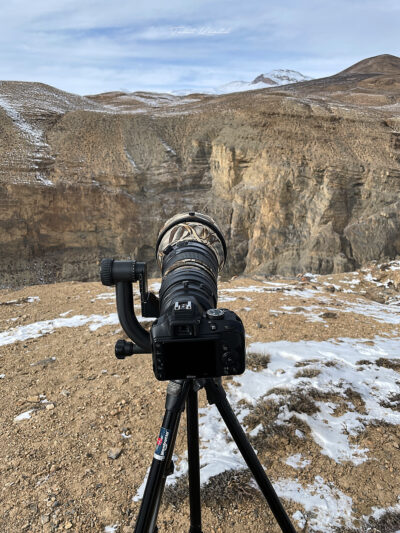
Camera Setup waiting for Snow Leopard Photography
Photographic Equipment
You will need a good camera with a telephoto lens for photographing snow leopards. A tripod is also essential for getting sharp images.
If possible carry 2 cameras. If one camera fails you have another.
Focal length is what is most needed to shoot Snow Leopards.
A 500mm or 600mm is a must for any mammal photography in the area.
Increase the focal length by using a converter.
Dx/Crop Camera with high resolution can help increase the focal length of your lens.
High-resolution cameras help as you have some luxury to crop the final image.
The final focal length is recommended to be at least 750 mm. Higher the focal length the better.
Get the maximum focal length possible.
Make sure you always have a clean lens, camera sensor and contacts. Avoid getting it fogged. Getting a sharp image when the animal is spotted is very crucial.
There will be times when you will be waiting for a sleeping animal to wake and stand up or walk. Shoot some images and get the settings right. Exposure can be tricky in snowy terrains.
Carry your camera lens in a camera bag even in the field. It is easier to carry in a bag and safer, even when given to the porter. When going inside the rooms always keep camera & lens inside the bag this will prevent the equipment from fogging when you enter your warm room from the cold outside.
Camera Batteries
Batteries are prone to discharging faster at extreme cold temperatures. Batteries of pro cameras are more dependent than consumer cameras. In any case better to Carry spare batteries. Save your battery by not looking at the lcd always. Keep the spare battery close to you body wrapped in a cloth or socks inside your jacket. This may keep them warm and retain their charge for longer period.
Tripod
With high magnification comes vibrations, the concern of how to keep the camera lens stable to get sharp images.
A Good heavy tripod is ideal, but not best if hiking on unmarked terrain.
Bring something that can be carried while hiking and will keep your camera & lens stable at high magnifications.
While hiking you can hire a porter to help.
Very Lightweight tripods are not useful when the wind blows. Wind can spoil the images no matter what equipment. Somedays the wind blows so much the camera lens tripod shakes like a leaf. Get a bag (fill with snow) to hang on the tripod for some stability.
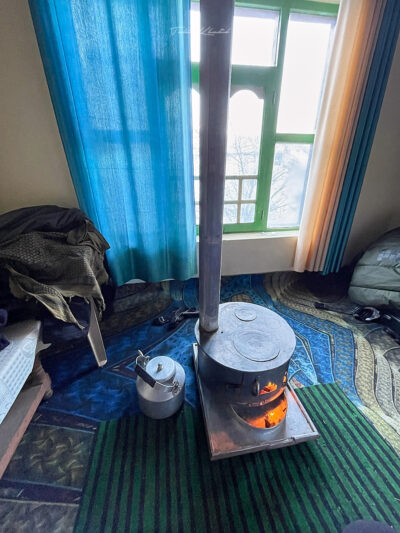
Chimney for burning fire wood to heat the room.
List of Things to Carry
The below is not an exhaustive list. You should add things you feel are needed by you especially medicine etc.
At minus -15 deg Celcius (usual day temp) the most important is to keep yourselves warm and comfortable.
- A Good down/synthetic jacket, suitable for -15 to -20 deg Celcius.
- Wear clothes in Layers instead of one big puff jacket.
- Warm pants or snow pants (preferably water repellent).
- Gloves or Mittens with thin liners so you can wear and use cameras. Without any protection, bare fingers can get frostbitten in a few minutes.
- Chemical warmers (may help sometimes but don’t rely on them)
- Warm beanies and head covering. Warm woollen socks.
- Eye Cover for high UV protection. Fog-proof Ski Googles may help.
- Windproof layer.
- Waterproof outer layer.
- Snow boots or hiking boots. (lighter the better)
- Face covering is most important when the wind blows.
- Apart from clothes, a few basic precautionary medicines are important.
- Medicines for High Altitude Sickness. Acidity, Stomach upset, etc. Basic first aid.
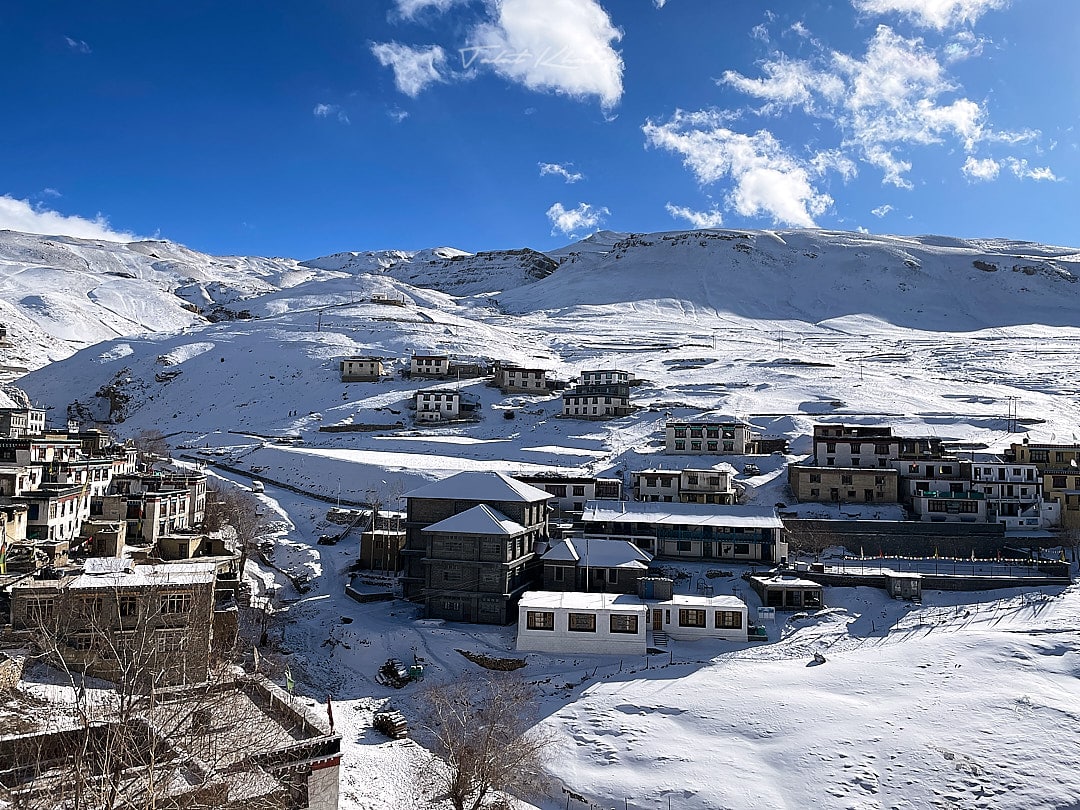
Local Experts and support
Kibber Sanctuary is one of the best places to see and photograph snow leopards with moderate effort. The Locals of that region have become involved with tourism and some are highly skilled in tracking the cats. You should use locals when traveling to such remote places. This way you are guided to achieve your target and the locals get a source of income.
You can also hire porters who will happily carry all your camera gear for a small price.
Stay in HomeStays. Many locals have started homestays with basic facilities & local food, including firewood-heated mud rooms. In the harsh winter weather, they are most welcome.
Homestays in Kibber, Spiti
Considering the harsh winter temp & weather, a cozy mud house is far more comfortable than a tent, no matter how good your sleeping bag is.
The locally run homestays are basic but a welcome is such a place. Most of them burn wood to keep the rooms warm at night.
Food is basic and homecooked. It is mostly vegetarian. You may get frozen chicken sometimes however veg is safe and preferred.
There is no running water in winter and toilets are usually dry pits. If you are lucky you may find a place with a western toilet that is still working in winter. Many commercially run homestays also have bio-toilets. Mentally you have to be ready for the dry pit.
Gallery
Conclusion
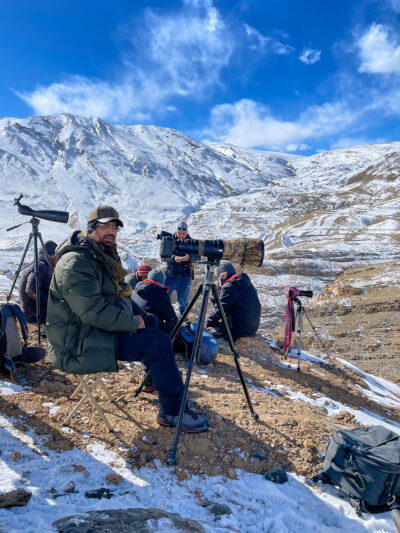
Talat Khalid – Snow Leopard Photography in Kibber Spiti
Snow Leopard Photography can be achieved if you are determined and do your homework. Finding the right people is most important. For most people I would advice to go with a local or find a photographer that hires the locals. Its not just the photographs, it is also the journey taken that is important. Planning such a trip can take quite some time if done on your own.
WildlifePhotoTours, Offers a great tour to photograph the snow leopards. We take care of all these and other issues and arrange some of the best tours.
For a Fantastic Photography Experience you can Join our Snow Leopard Photography Tour in Kibber, Spiti
Checkout some of the Photographs taken of Snow Leopard and other wildlife in Kibber, Spiti.
